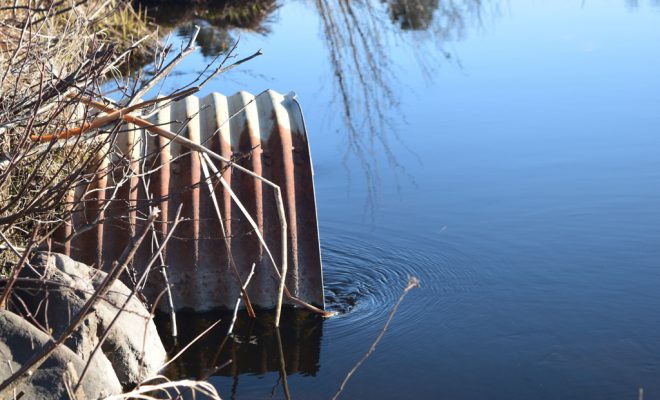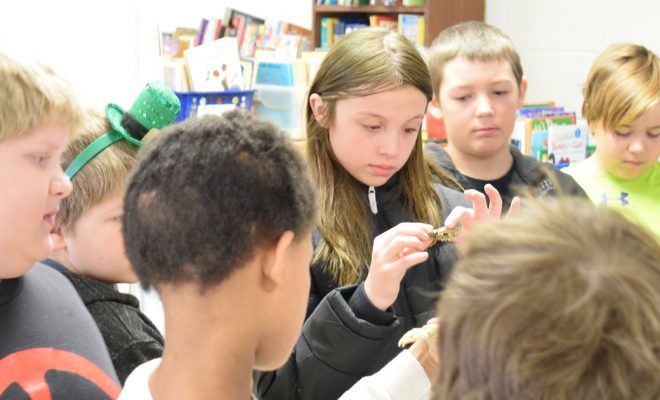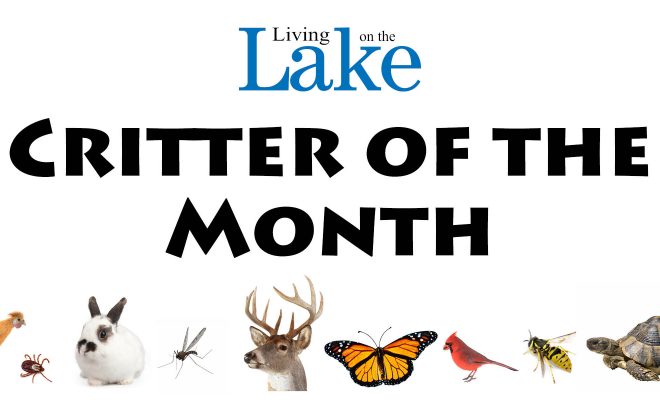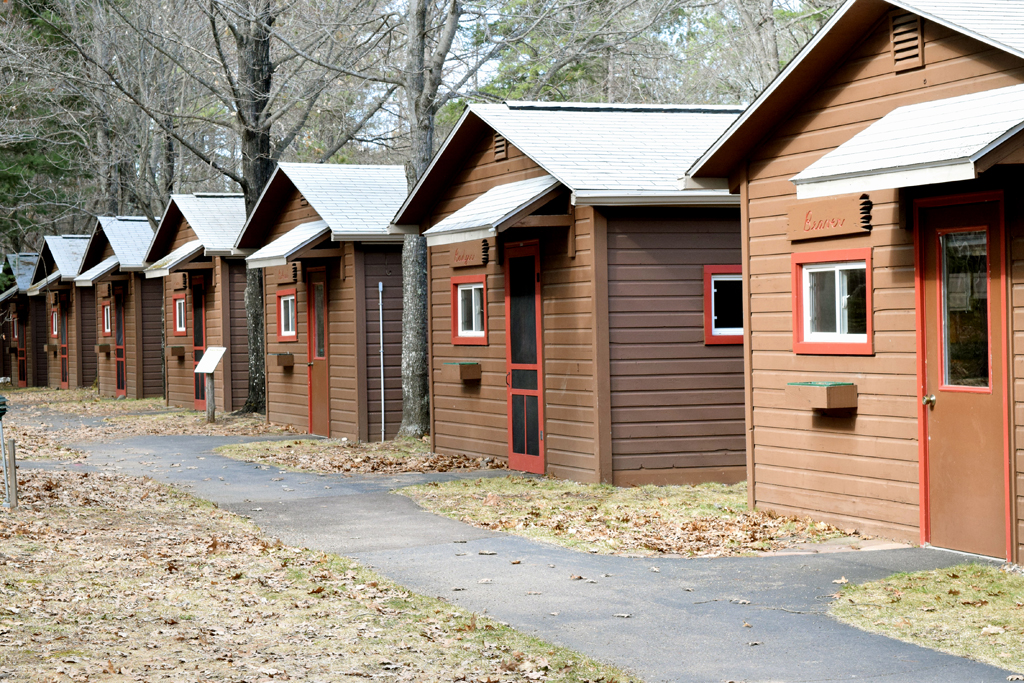The “Perfect Storm” leads to pollinator decline: Wisconsin makes pollinator protection a priority
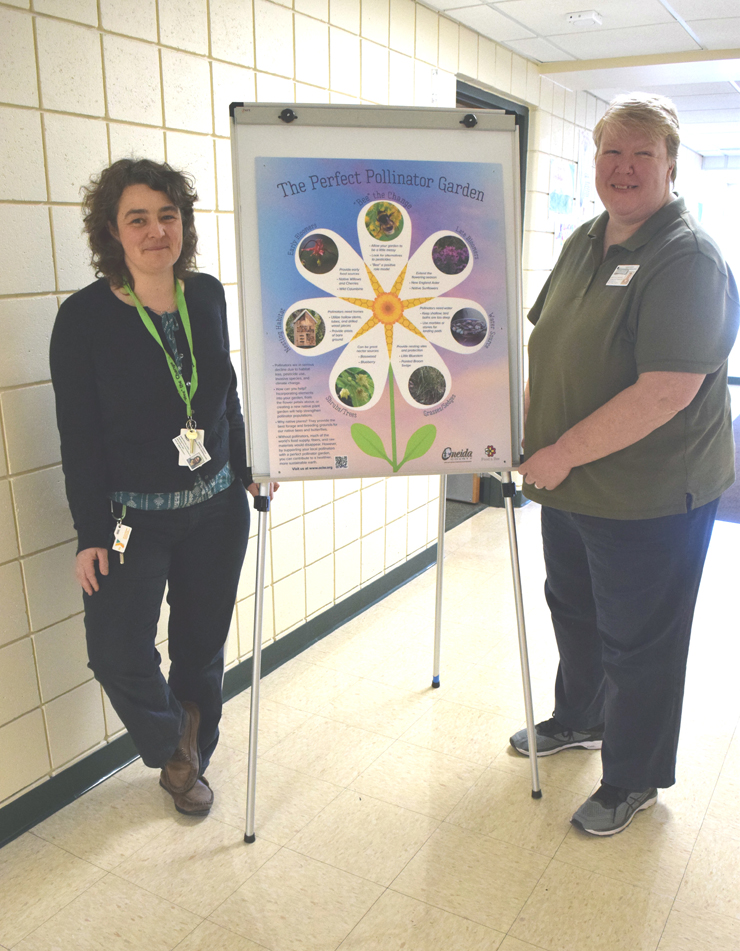
Story and photo By Lori C. Adler
Pollinators are a vital part of our ecosystem. More than 85% of all flowering plants require help from animals to move pollen from one plant to another, thereby fertilizing the plant and allowing for the growth of fruit and seeds.
Globally, there are approximately 1,000 birds, bats, and small animals which aid in pollination, but there are more than 200,000 beneficial insects that pollinate. Insect populations, however, are in a sharp decline. For the last 20 years, monarch butterfly populations have decreased by 68% and may soon be listed as an endangered species. Native bee populations are also declining by as much as 50%; in 2017, the rusty-patched bumble bee, once found all across Wisconsin, became the first federally-listed endangered bumble bee. Several other species of bumble bees are also of special concern. Honey bee decline is reaching alarming numbers as well. In recent years, Wisconsin, along with several other states, has suffered an annual honey bee colony loss of more than 60%.
In Wisconsin alone, pollinators account for over $55 million in crop production, and honey and beeswax account for $3.5 million in production. Without pollinators, our agricultural economic system would collapse, but worse, without animal pollination, human food supplies would be in jeopardy.
There is not any one thing that is causing the pollinator decline, but rather several contributors. In fact, scientists are referring to the current situation as the “perfect storm.” Changes in habitat, diseases, invasive species, pesticides, and weather have all come together to create an inhospitable environment for native pollinators.
Destruction of habitat is a huge concern. Not only do pollinators need nesting sites, but they need to eat. Areas considered as monoculture landscapes, like acres of farm fields all with the same crop or miles of grass lawns with no flowering plants, are detrimental to many pollinator species that do not travel large distances to forage. These animals need access to a diverse supply of flowering plants to survive.
Diseases and parasites are another big problem. Many pollinator diseases are highly contagious. They can be spread by contact between the animals or by contact with a plant that an infected animal recently visited. In addition, the lack of nutrition that many pollinators experience makes them much more susceptible to parasites and disease.
Another alarming area is the increase in pesticide use. Farm fields account for the greatest amount of pesticide use overall, but greater concentrations of pesticide products are used on lawns and gardens for homes and businesses. Pesticides in high enough concentrations can cause immediately death to most beneficial insects, but even lower levels of pesticides can serious problems. Pesticides often cause disorientation for insects, making them unable to forage. Pesticides have also been found in dead insect larvae because the pollen was brought back to the nest and fed to larvae, resulting in reproductive failure.
Though the situation seems dire, many states, including Wisconsin, are trying to do something about it. In 2014, Wisconsin adopted a Pollinator Protection Plan. The plan, initiated by the Wisconsin Department of Agriculture and developed with the University of Wisconsin-Madison, outlines areas of concern for the state as well as strategies to improve pollinator survival rates. The plan includes best practices for farmers, honey producers, and home owners among others. It also provides outreach to help inform and educate the public about the plight of pollinators.
Including outreach as part of the Wisconsin Pollinator Protection Plan has enabled other agencies to join in the state’s education efforts. Oneida County Land and Water Conservation is one such agency. Developing a pollinator program with a full-time coordinator was the first step in the office’s efforts to increase awareness of Wisconsin’s pollinator issues.
Baerbel Ehrig, pollinator coordinator at Oneida County Land and Water Conservation, has been working since 2016 to develop outreach programs to raise awareness and demonstrate ways the public can help. “There needs to be a whole system change,” Ehrig said, explaining those farmers, businesses and homeowners all need to work together to affect change.
Funded by grants (Lumberjack RC&D and Bayer Feed A Bee), Ehrig has helped to create a number of demonstration gardens. The gardens began with a roadside pollinator project in which pollinator-friendly plants were planted in roadside ditches around Three Lakes. These sites were selected based on their proximity to forested areas to increase chances of seeds being carried up to and into the woods, creating natural transition areas. The sites are also located where they are easily visible to passersby. Grant money allowed for additional garden sites, including the demonstration garden at the Oneida County Courthouse. All gardens use native plants because native pollinators are adapted to the colors, shapes, and blooming cycles of native plants, plus these plants are best for Wisconsin’s climate and growing conditions.
A SARE (Sustainable Agriculture Research and Education) grant was used to create educational television spots aimed directly at farmers. These small programs showed how the creation of buffer zones can help create pollinator habitat but also help with erosion and run-off as well as nutrient recycling. Buffer zones are strips of land planted with native grasses and wildflowers along the edges of crop fields, between the fields, and sometimes even within the fields.
Ehrig’s office has also organized several workshops for the community, with topics such as pollinator gardens. In addition, there are presentations for larger groups, such as landscapers, golf course managers, and beekeepers, discussing best practices for pesticide use, mosquito control, and pollinator-friendly plantings. Oneida County Conservationist Michele Sadauskas explained that these workshops are a way to bring community stakeholders together, adding “It’s to get grounded as a region.”
To make a further commitment to pollinator protection, Oneida County Land and Water Conservation has started their next five-year work plan. This plan demonstrates the importance of pollinators and includes specifics about habitat creation and protection. In addition, they have led the way to the creation of a north-central Wisconsin pollinator partnership. The partnership, which includes nine counties, the Forest Service, and several tribal agencies, will work as a group to increase pollinator habitat regionally.
State and county agencies, together with the U.S. Department of Agriculture, the U.S. Forestry Service, tribal councils, stakeholder groups, and the general public, are working diligently to protect and preserve Wisconsin’s natural resources. It is hoped that the effects of these joint efforts will prove to positively impact the state and its pollinator population. Recognizing the importance of pollinators is shaping the way people think, and this is the first step toward change.
For more information Wisconsin’s Pollinator Protection Plan or Oneida Land and Water Conservation’s pollinator program, please visit oclw.org. For information on pollinators and their protection in general, please visit pollinator.org.
Leave a reply
You must be logged in to post a comment.


